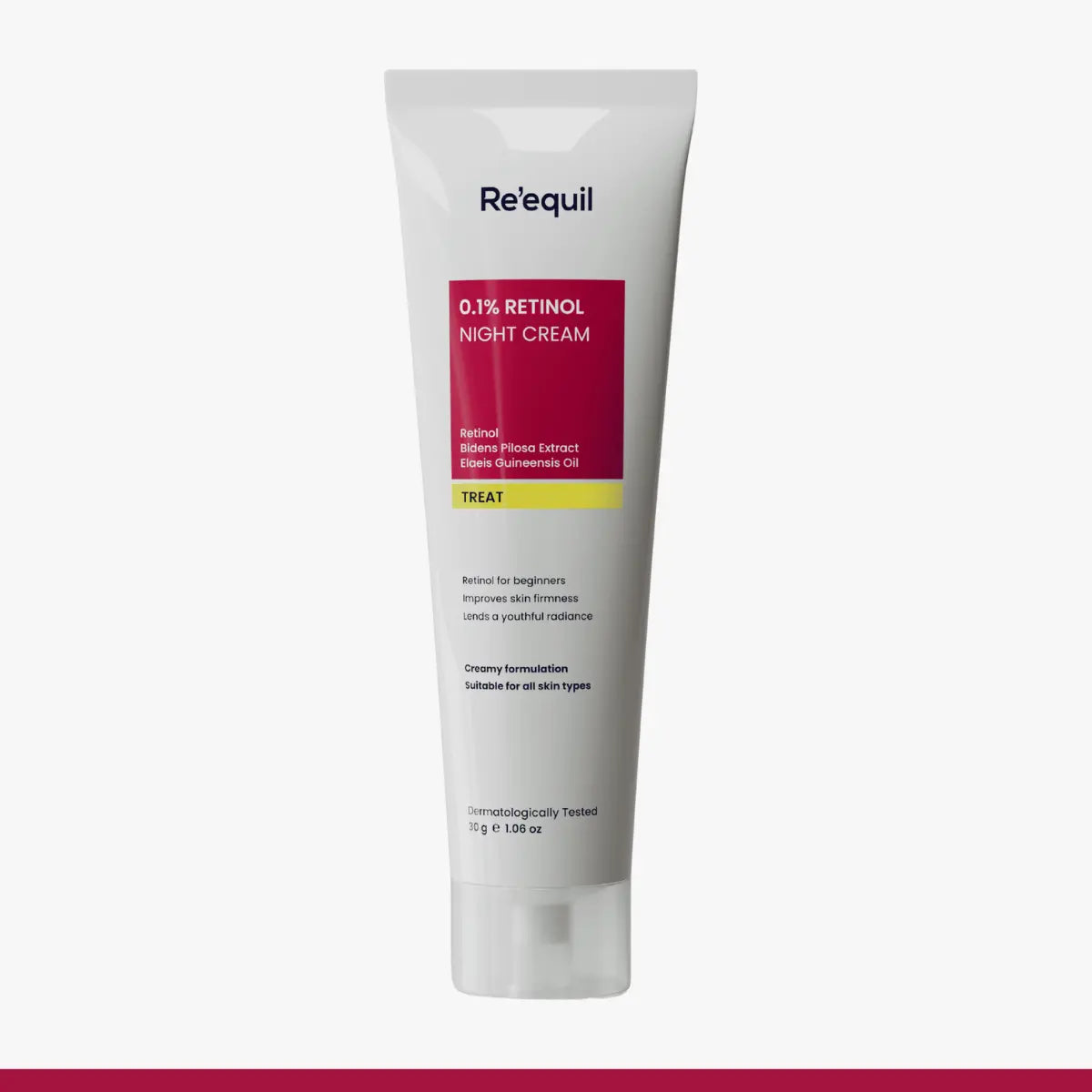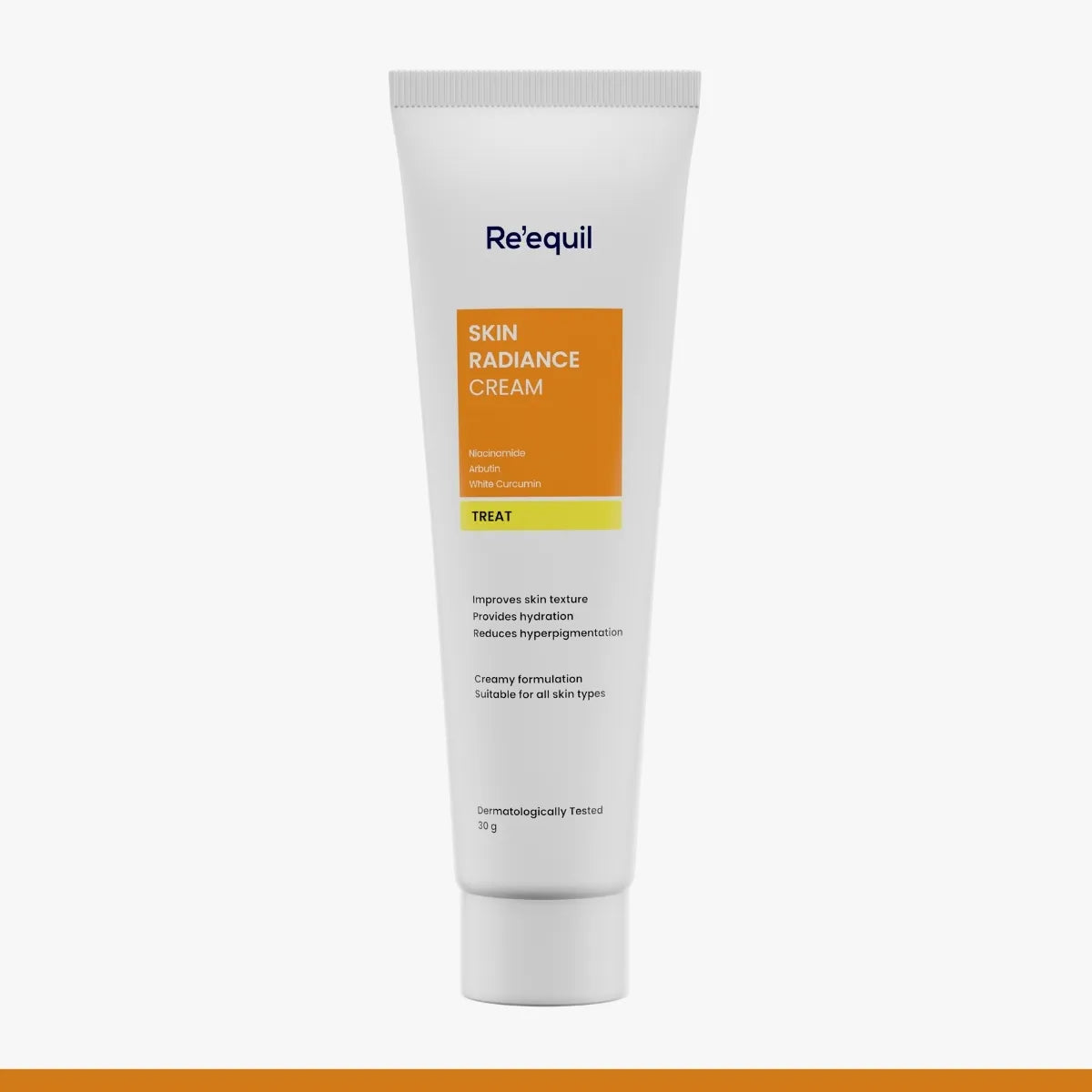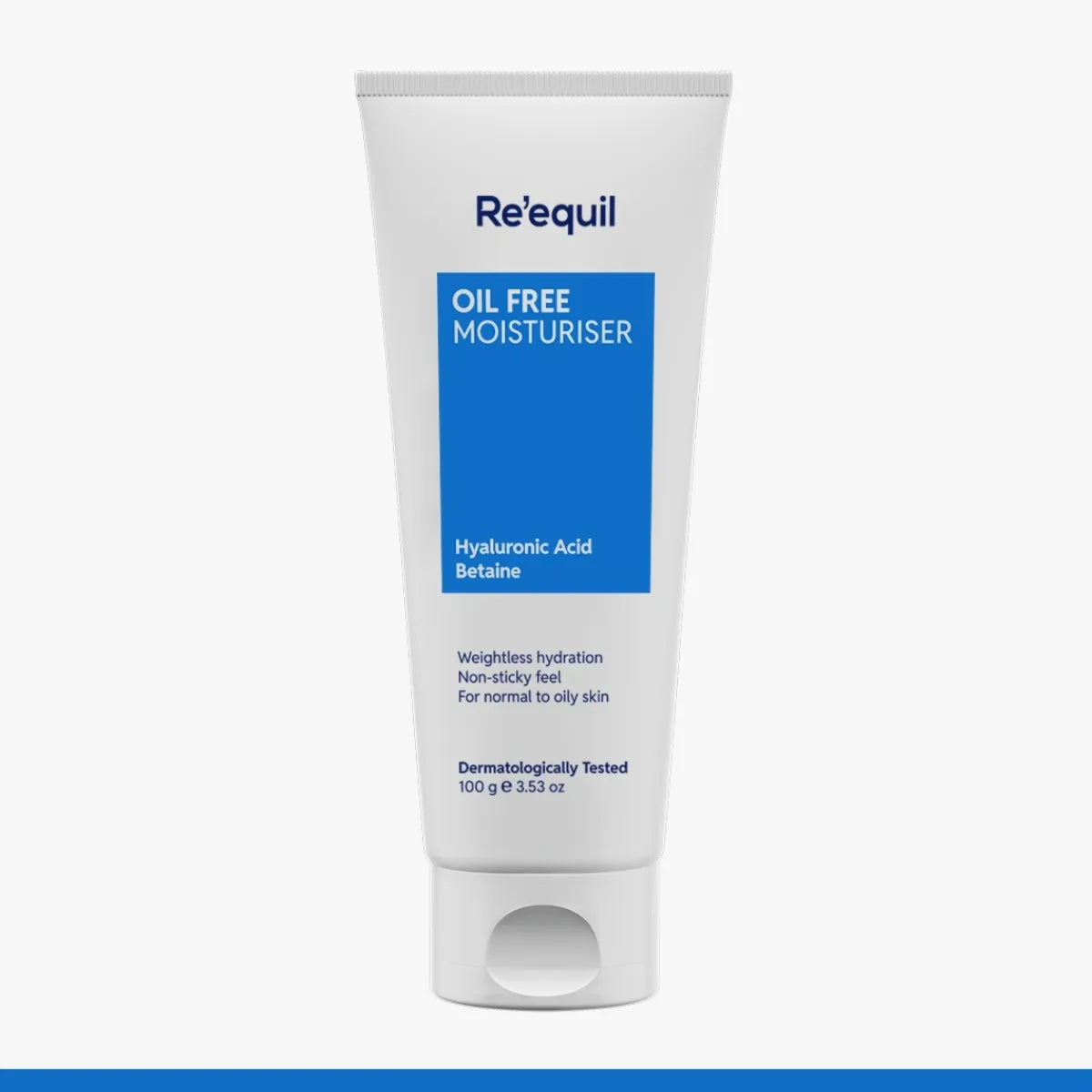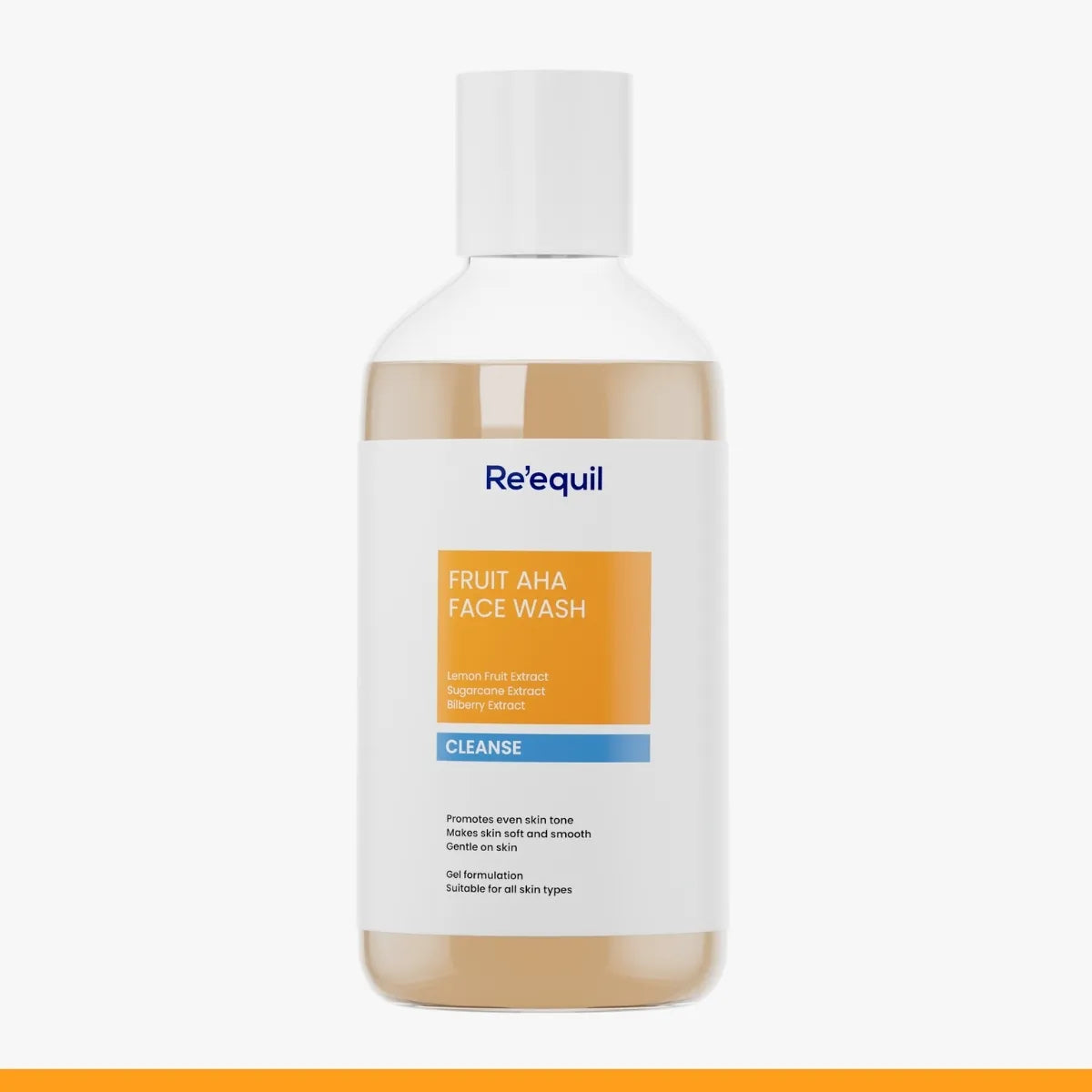Dirt, toxic chemicals, radiations from the sun, air pollutants are all demons for your skin. Due to their exposure, blotchiness, premature aging, tanning, sunburn, and rashes appear on the skin. It is impossible to avoid contact with them, but you can certainly do something for best protection to your skin. Use of SPF (sun protection factor) is most emphasized by skin care experts or cosmetologists. Despite the popularity of sunscreens, many people are oblivious to its exact amount of application and which one is best for their skin. You must have come across different sunscreens with SPF 15, 30 or 50 and always wondered which one is best for your skin? Here we will discuss in detail all important questions related to SPF -
What is SPF?
SPF or Sun Protection Factor is a relative measurement of how well a sunscreen will protect you from ultraviolet UVA and UVB rays. It indicates that sunscreen with high SPF offers skin protection either by absorbing or reflecting UV rays. As per expert’s advice, a sunscreen less than 15 SPF offers only mild protection.
Is SPF 30 enough?
There is no sunscreen that offers 100% protection from sun rays. It is considered that SPF 15 blocks 93% of UVB rays, SPF 30 blocks 97% of UVB rays and SPF 50 blocks 98% of UVB rays. Hence, there isn’t a very significant difference between SPF 30 and SPF 50. However, to provide extra protection to your skin, a high SPF number is highly suggested.
Why SPF 50 is better for skin?

Sunscreen products with greater SPF number are known to be more effective against long term skin damage and skin cancers associated with sun exposure. Both EWG and Skin Cancer Foundation advises that high SPF offers little more protection from UVB rays that can cause photo ageing, sunburn, and tanning.
What is a broad-spectrum sunscreen?
SPF numbers generally offer protection against UVB rays, but these are not the only rays that can cause potential damage to the skin. The sun also emits UVA rays which are more harmful than UVB rays. UVB rays damage the outer layer of the epidermis which may cause tanning and sunburn. Whereas, UVA rays penetrates into deeper layers of the skin called dermis and are responsible to cause certain types of skin cancers. Hence, Broad sunscreen is recommended for shielding the skin from the potential damage of both UVA and UVB rays.
Broad-spectrum sunscreen may contain a combination of ingredients such as Aqua, Octocrylene, Tris-Biphenyl Triazine (nano), Octisalate, Isoamyl Laurate, Neopentyl Glycol Diheptanoate, Bis- Glycerin, Propanediol, Cetearyl Alcohol and etc which protect from both types of rays.
What you should know about sunscreen chemical oxybenzone and octinoxate?
In recent times, the Food and Drug Administration has done more researches on the safety and effectiveness of chemical ingredients used in sunscreens. After this, safety concerns have been found against oxybenzone and octinoxate (Octyl methoxycinnamate, OMC). Both of these ingredients are widely used in sunscreens as they offer protection, especially from UVB rays.
Safety concerns with oxybenzone
- As per clinical studies, Oxybenzone may disturb the functions of endocrine system which regulates several biological processes like metabolism, thyroid functions, growth and development, and reproductive functions.
- Research studies have found noticeable levels of oxybenzone in human blood and breast milk. It is concluded that oxybenzene can get absorbed into the skin.
- Another animal study raised a concern that oxybenzone can hinder the normal function of the female sex hormone (estrogen) including several other hormones.
- According to a study published in the journal Reproductive Toxicology, pregnant women who use oxybenzone based sunscreen are at a greater risk of developing a birth defect called Hirschsprung’s disease. This disease causes the problem with passing stools in children due to the absence of nerves in the large intestine (colon). However, there is no clear evidence that only oxybenzone can be held responsible for this condition, hence more research and studies are needed to be done on oxybenzone and other sunscreen ingredients.
- The National Oceanic and Atmospheric Administration (NOAA) have reported that oxybenzone and some other chemicals used in sunscreen have adverse effects on ocean life. Such ingredients can create reproductive issues in fishes along with causing damage to sea urchins, and corals.
Safety concerns with octinoxate
- A major concern associated with Octinoxate is that it quickly enters into bloodstream through the skin. A study conducted in 2006 has found that exposure to octinoxate may cause breast cancer in humans.
- Several human studies have found noticeable concerns such as skin allergies, contact dermatitis, and rashes after the use of sunscreen containing octinoxate.
- It is concluded that juts similar to oxybenzone, Octinoxate is an endocrine disruptor.
- Some animal studies have concluded that exposure to high or moderate doses of octinoxate were known to cause reproductive problems such as low sperm count and changes in uterus size.
- Environmental studies state that octinoxate may contribute to coral bleaching.
From the past few years, sunscreen has gained everybody’s attention because of its powerful effects to protect the skin. The cosmetologists say that SPF is definitely important for your skin. SPF sunscreen should be the “must to do” things in your everyday skincare routine. Normally, you can apply sunscreen15- 30 minutes prior going out in the sun. However, it is very important to have a clear understanding of the ingredients labeled on sunscreen because only when you buy the sunscreen with the right kind of ingredients, it will help to protect your skin. Slather right amount of SPF before heading into the sun along with taking other precaution like using an umbrella. This can help you to be safe from the damage that sun can cause to your skin.





